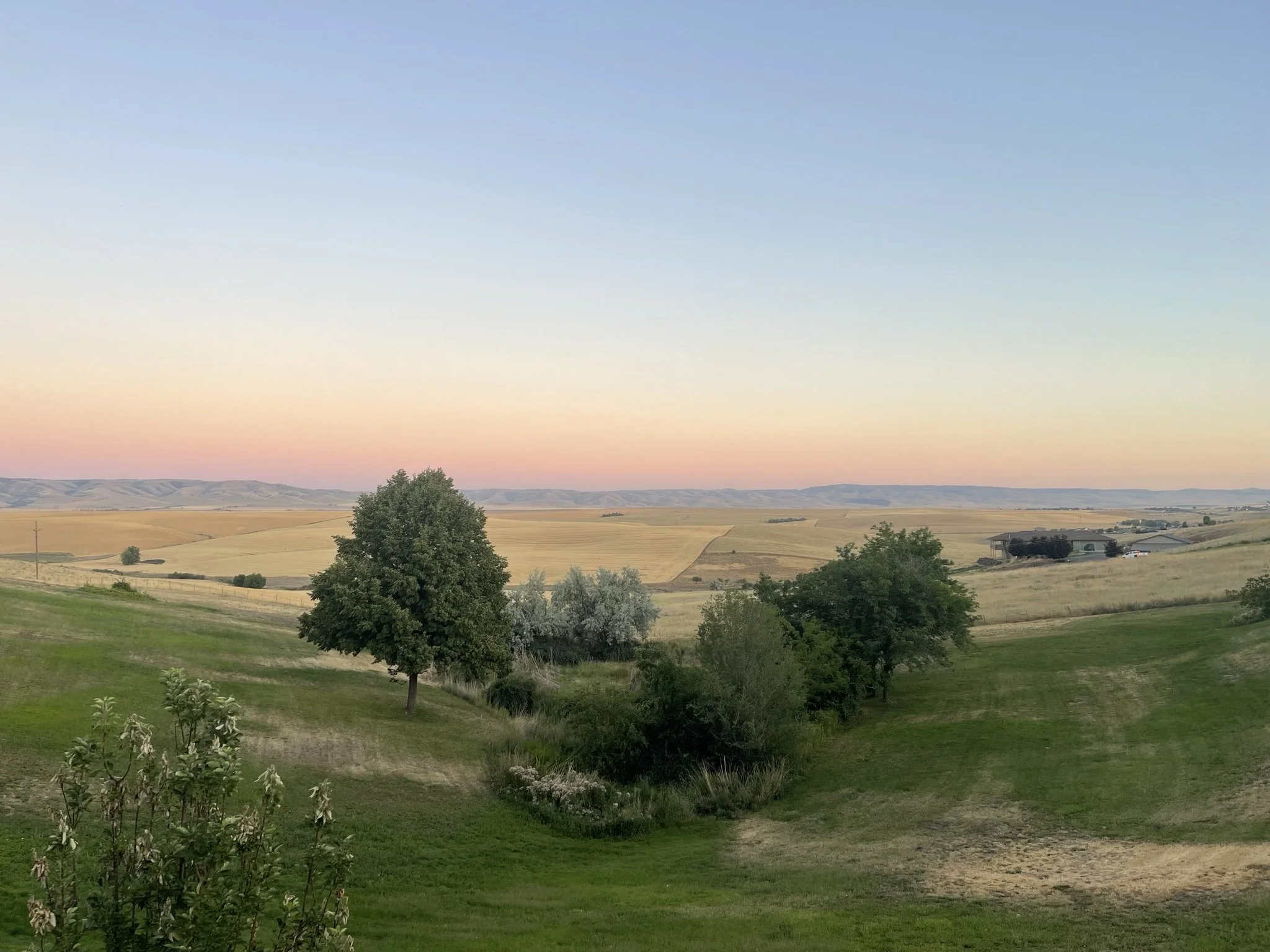Making Community Connections in Eastern Oregon
In May, the Oregon Department of Energy welcomed Sarah Moehrke to the team as a Community Navigator for the agency. The Oregon Legislature authorized and funded her role and a new Community Navigation program at ODOE this year through HB 3630 – a bill that was introduced in response to the significant federal funding coming from the Infrastructure Investment and Jobs Act and the Inflation Reduction Act, in addition to other state energy programs. Sarah’s role is to help communities – who may not have the built-in staff or budget – get connected to programs and funding that are available to them. ODOE hopes to help communities, Tribal governments, local governments, and community organizations access more federal and state energy and climate opportunities, reach their goals, and build the projects that they envision to create a more sustainable future.
This month, Sarah joined ODOE Director Janine Benner, Associate Director for Strategic Engagement Ruchi Sadhir, and ODOE RARE Member Angela Singleton for meetings and discussions with Eastern Oregon communities to begin making important connections. Read more from Sarah in her own words:
From left to right: Sarah Moehrke, Representative Mark Owens, Ruchi Sadhir, Angela Singleton, Janine Benner, and Senator Lynn Findley.
You know that song Wide Open Spaces by The Chicks? It had to have been written about Eastern Oregon.
In mid-July, along with two colleagues, Director Janine Benner and Associate Director of Strategic Engagement Ruchi Sadhir, I headed out to spend four days traveling around Eastern Oregon, driving over 1,200 miles and meeting with people in six different counties. It was a great chance for me to learn more about Eastern Oregon and the organizations working in the energy sector. Our trip was led by Angela Singleton, a RARE AmeriCorps Member who’s been on contract with ODOE for the last 11 months with a focus on eastern Oregon communities. She organized meetings with people she has met who are working with and leading their communities to a brighter future. We met with people from two different Tribes, a community college, multiple nonprofit organizations, as well as a utility provider and legislators – and learned about their goals and vision for a more resilient and affordable energy system.
On our trip, we spent a lot of time listening and asking questions to learn where ODOE’s programs and future investments could plug in to the work already being planned or pursued in Eastern Oregon. We heard about what community microgrid and solar projects could do to make a remote community more self-sufficient and resilient to the risk of wildfire and outages. We learned about the struggles and excitement around building workforce development programs that both tell a story and engage people in the community, especially those who are asking good questions about how clean energy technologies can best serve their businesses, agricultural operations, and communities. We learned about coalition building efforts that brought together people with different ideas and backgrounds to create a long-term strategy for the health of their economy and natural resources. We learned about the fine line between economic development and cultural preservation, and the nexus of energy needs in the face of climate change. We learned from Tribal members who care for and live on the lands, just as their ancestors have done since time immemorial. It was beautiful and so inspirational.
My trip to Eastern Oregon was a reminder of the true potential that lies within Oregon’s rural communities to drive change.
Their commitment to sustainable energy programs and innovative solutions to grow their local economies showcased the power of collective action. As I headed back to my own rural community at the end of a long week, I carried with me a sense of hope and inspiration, knowing that the path they’re creating for their own communities can be used as guiding lights for others, ushering us toward a more sustainable tomorrow.


